Tinting a vehicle usually makes it more comfortable. And it also provides privacy and a touch of style. But Maryland’s strict laws govern how dark your tint can be to ensure legal compliance. This article focuses on the darkest level to which a tint in Maryland can go. The parameters vary according to vehicle types, exemptions, and penalties.
Why Window Tint Laws Matter in Maryland
Most individuals think that tinting laws do not have much bearing on the public, but those are safety and accountability matters. When it is very dark, visibility can be lessened by the nature of driving at night, especially with storms overhead. So, it is very important to choose the right window tint percentage according to the law.
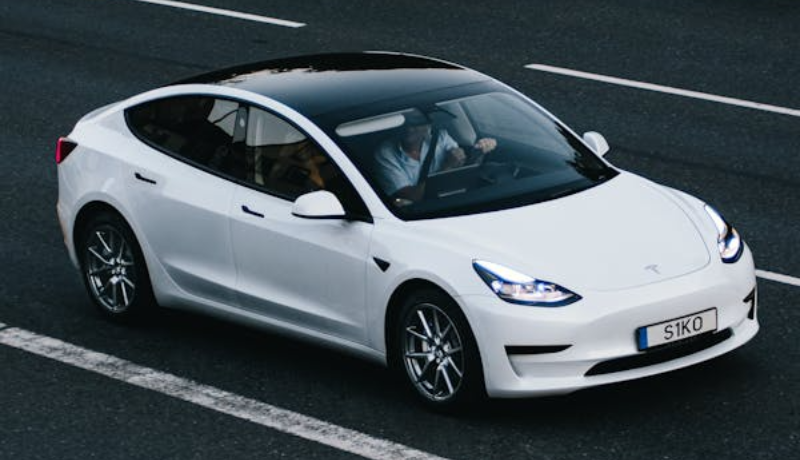
Another important factor is the balance between comfort and responsibility. Drivers desire privacy and UV protection, but privacy without control can lead to misuse. This is the point where legal limits come in to offer the benefits of non-reflective tint to drivers while keeping roads safe.
There are serious costs involved. Fines, failed inspections, and even conflicts with insurance companies are all the results of illegal tint. It damages credibility whenever businesses install noncompliant tints, which in turn may expose the shops to lawsuits or repeated rework.
Framing these laws as safety standards, rather than as restrictions, helps the customer to understand the relevance of compliance.

Maryland Window Tint Laws by Vehicle Type
1. Passenger Vehicles (Non-Commercial)
- Windshield: No tint below AS-1 line permitted.
- Front Side windows: 35% net VLT.
- Back Side windows: 35% net VLT.
- Rear Window: 35% net VLT (cannot cover the brake light).
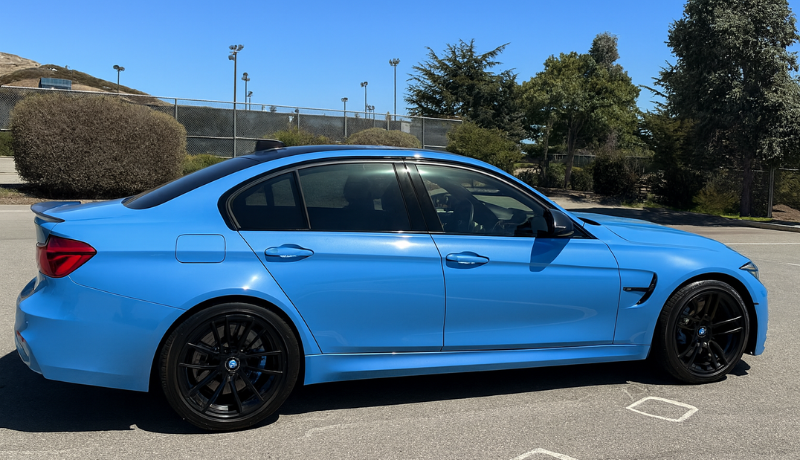
2. Trucks, Vans, and SUVs
- Windshield: No tint below AS-1 line permitted.
- Front Side windows: 35% net VLT.
- Back Side windows: No restriction.
- Rear Window: No restriction.
3. Limousines
- Windshield: No tint below AS-1 line permitted.
- Front Side windows: Factory tint only.
- Back Side windows: No restriction.
- Rear Window: No restriction.
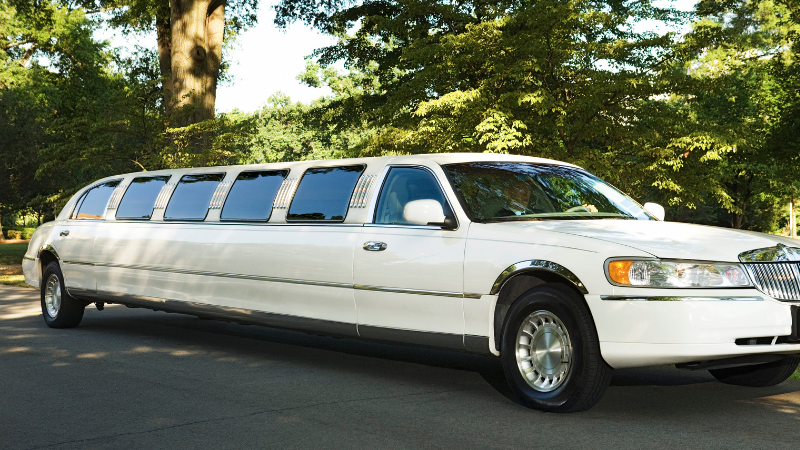
4. Commercial Vehicles
- Windshield: No tint below AS-1 line permitted.
- Front Side windows: 70% net VLT.
- Back Side windows: No restriction.
- Rear Window: No restriction.
Window Tint Reflection Regulations in Maryland
Window tint can reflect incoming sunlight, reducing glare and heat inside the cars. However, Maryland law specifies restrictions on how reflective your tint can be. It is necessary to choose a proper tint according to your car type.
Sedans:
- Front Side Windows: Must not have a metallic or mirrored appearance.
- Rear Side Windows: Must not have a metallic or mirrored appearance.
SUVs and Vans:

- Front Side Windows: Must not have a metallic or mirrored appearance.
- Rear Side Windows: Must not have a metallic or mirrored appearance.
Always ensure your window tint meets these reflectivity guidelines to obey Maryland legal requirements.
Accounting for Factory Window Tint in VLT Calculations
Most modern vehicles already come with factory-tinted glass, usually between 70 and 85 percent VLT. This existing tint must be factored into any aftermarket installation. The combined effect of factory glass and film on a windshield determines the final VLT.
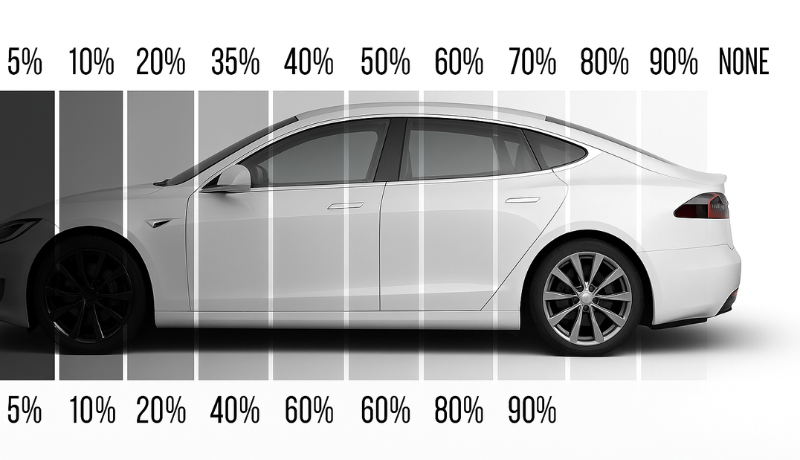
The formula is simple: multiply the factory glass percentage by the film percentage. For example, an 80 percent VLT factory glass combined with a 50 percent film yields a total of 40 percent VLT. Similarly, the same goes for a 30% window tint. That would still be legal in Maryland for a sedan, but adding a darker film could easily tip it out of compliance.
Because these calculations can be confusing, it is always reputable to use a tint meter for measuring the final compliance of legal window tint percentage by professional installers. It builds customer trust while providing business liability protection.
Penalties for Illegal Window Tinting
Breaking the window tint laws of Maryland carries stiff penalties. First violations are punishable by fines of $50, but repeat violations reach thousands of dollars. In some instances, illegal tint needs to be removed at the owner’s expense, in addition to the labor and reinstallation costs.
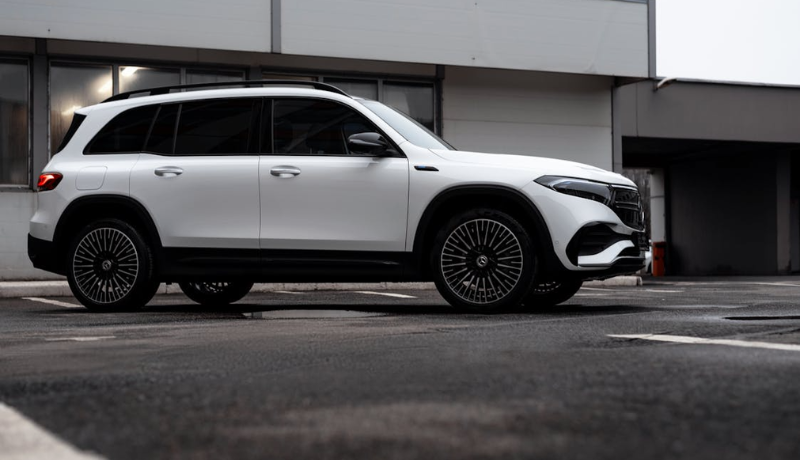
Another implication is the failure of an inspection. The vehicle will be delayed from being registered or renewed if the tint is illegal, causing non-compliance verification in the safety inspection in Maryland.
For fleet managers, this is almost disregarded because multiple flagged vehicles might cause substantial interruptions. Concerns of insurance complications follow, which will result in claim denials or increased liability when tint is considered illegal.
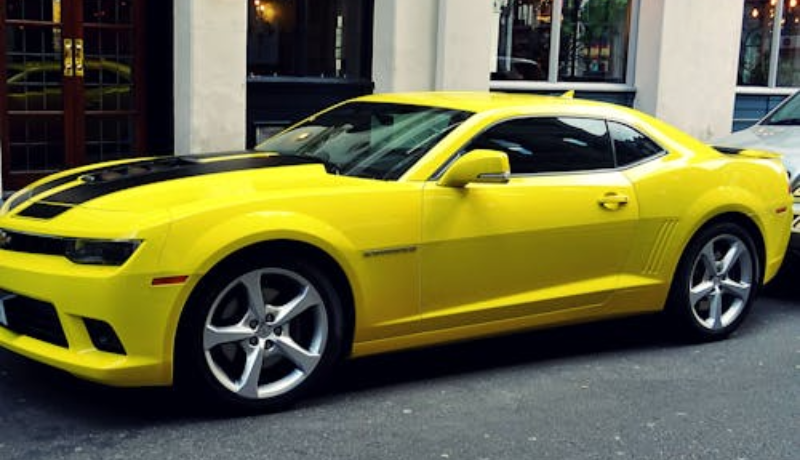
The real comparison of window tint cost reinforces why compliance is a better choice. A legal tint involves a one-time professional installation; an illegal tint increases costs through installation and fines, removal, and reinstalling the tint, with the added risks of repeat punitive measures.
For businesses, selling the idea of investing in legal tint for the long haul proves a persuasive tactic and keeps the car cool. Customers save money, preserve the value of their vehicles, and are free of stress.
Choosing the Right Legal Window Tint in Maryland
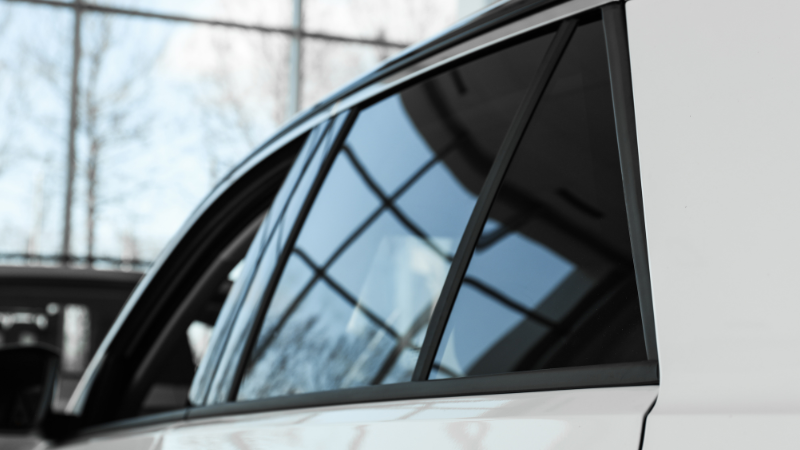
1. Understand Your Performance Priorities
Selecting a tint is not only about meeting legal requirements; it also fulfills the client’s needs with regard to performance, budget, and film types.
To maximize heat and UV rejection, ceramic tint films block infrared rays, offering interior protection.
Budget constraint customers may be fine with dyed films, holding glare at a lower price, but they fade away with time.
2. Select the Right Film Type for Your Needs
There are many types of window tint films. To enjoy the best balance between durability, performance, and aesthetics, ceramic or carbon films are a good consideration for them.
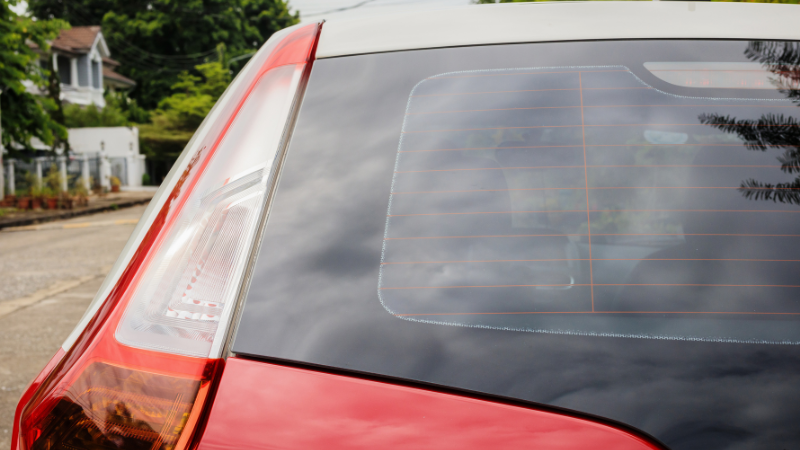
The most brilliant clarity comes from ceramic window tint, which does not impair electronic function. Fading is resisted with carbon films rather than ceramic tint, resulting in a soft matte appearance.
3. Consider Maryland’s Climate and Driving Conditions
Films that reject heat from the inside and rear side windows also insulate during summer. These films, which provide sun protection, afford permanent comfort for heavy commuters considering Maryland’s hot summers. And these are particularly good in driving conditions in every season of the year.
Anti-glare properties improve visibility while minimizing eye strain for one who travels by road nearly every day, with the right tint according to local regulations.
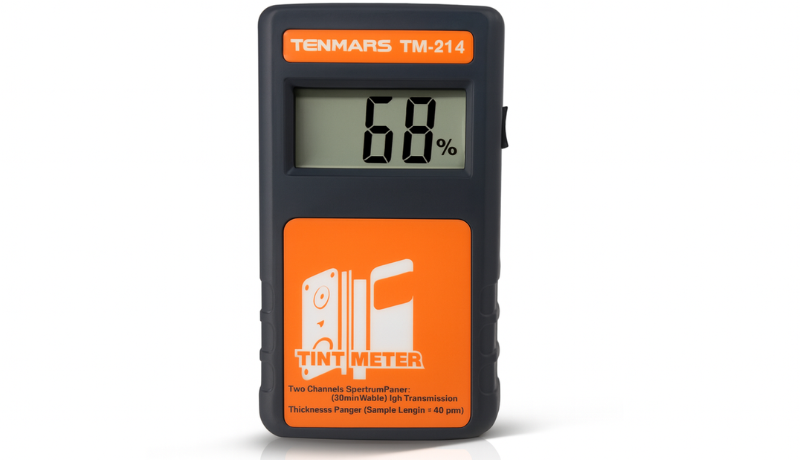
4. Ensure Legal Compliance
Always consider compliance when making a decision. The installers should measure the existing glass on the vehicle and suggest films that remain within the legal thresholds of Maryland, as outlined by the Maryland DMV.
5. Evaluate Additional Features
Customers also benefit from evaluating added features like UV protection, long warranties against bubbling or discoloration, and shade options that fit their personal style. By blending performance with compliance, installers deliver both legal and valuable results.
FAQs
Q1: What is the dark legal tint for sedans in Maryland?
The side and rear windows of a sedan must have at least 35% window tint. This ensures conformity to Maryland’s different tint law while being private and still comfortable with the darkest legal tint.
Q2: Why is dark window tinting a good investment?
Window tint enhances the comfort of driving by factoring out the heat and glare while inhibiting harmful UV rays. It now improves privacy and adds a stylish finish while providing additional sun protection, creating a final touch-up to the car.
Q3: Would driving be compromised through dark window tint?
When kept at legal levels, it’s possible that a dark tint wouldn’t obstruct visibility in daytime or nighttime conditions while driving. The law is supposed to find an equilibrium between the two conditions, which are privacy and safe driving.
Q4: Is it true that window tint could cause an increase in the price of my car?
Yes. Well-made professional legal tint protects the interior and entire windshield from fading and cracking. A cooler, well-maintained cabin from the inside can indeed increase the attractiveness of an automobile to potential buyers.
Conclusion
Even though Maryland law sets minimum visibility standards, window tinting remains a worthwhile investment. With the right film, drivers can stay compliant while enjoying cooler interiors, reduced glare, better privacy, and protection against harmful UV rays.
In fact, modern tinting films are designed to balance transparency with performance, giving you the comfort, style, and protection you want—without compromising legality.
Boost Privacy & Style with CarlikeFilm Window Tints!
Upgrade your vehicle this very moment with CarlikeFilm, the most trusted name in premium legal window tinting solutions in Maryland law. Our films combine style, comfort, and protection, allowing for a cooler car. There is no need to risk getting fines by installing low-quality tint. Our tint films are built for performance and compliance.
Contact CarlikeFilm now! Upgrade your vehicle windows with superior tint.



